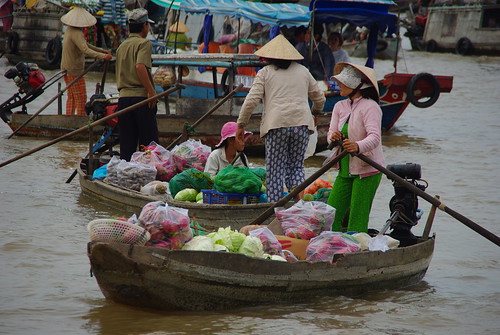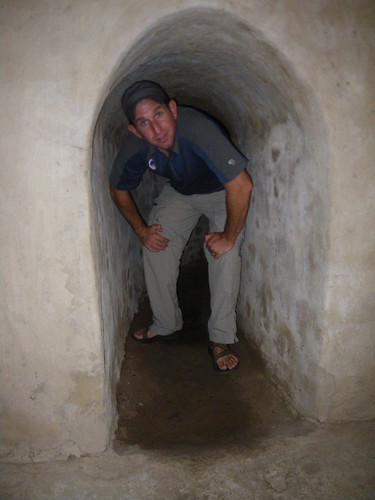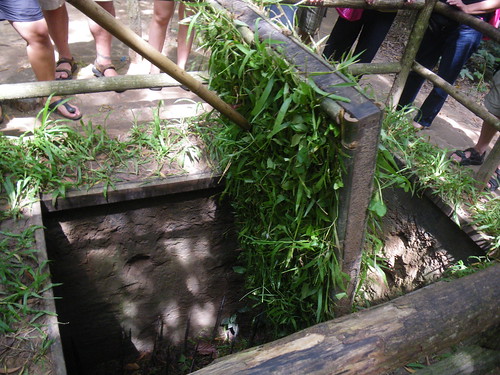You know Bangkok, and Hong Kong, and Singapore, and Hanoi…but what about little Da Nang? While it may be just a paragraph in most travel guides, Da Nang, Vietnam is worth an entire chapter. This city of under one million – teeny, tiny by Asian standards – is not just a stopover; it’s a travel destination in its own right. Here’s why.
Beach, Beach, Beach
In Da Nang you are spoiled rotten by gorgeous beaches. There’s the seemingly never-ending China Beach that frames one whole side of the city in post card white sand and turquoise sea. This stunner is ten miles long and virtually empty all day long. In a classic win-win situation, most Vietnamese people avoid the beach during the day (tans are not popular here), giving visitors and unique chance to enjoy a city side beach all on their own. My Khe beach is just as splendid – and just as free of anyone but you. And, if you’re really in the mood for cliché tropical paradise, Lang Co Beach is a quick scoot away.
Cheap Food, Cheap Stays, Cheap Tailors
Southeast Asia is comparatively cheap for travel. Vietnam is comparatively cheap within Southeast Asia. Da Nang is comparatively cheap within Vietnam. Your money goes far here, and can be spent on incredible fresh seafood that you choose directly from fishermen or immaculately hand sewn suits from local tailors. For such a small place, Da Nang has a surprisingly wide variety of restaurants, bars and activities. Splurge on champagne brunch at the Intercontinental in the morning. Go out diving in the afternoon. Visit the ornate temples that are scattered all around the city. Then wind down with live music and a beer along the riverfront (that’s right, Da Nang has a beach front and a river front). When you’re ready to turn in, take your pick from eleven bagillion hotels with rooms that will cost you a whopping ten dollars.
Culture without the Throngs of Tourists
When you’re finished wining and dining yourself, you might remember that Da Nang is a hub of Vietnamese culture – without the crowds and hassles of Hanoi or Ho Chi Minh. Of course there’s the Cham Museum that pops up in most tour guides, but there’s more to Da Nang than just one museum. There’s the gorgeous (and enormous) Buddah statue that overlooks the city from her perch on the town’s mountain. This green jungle in the middle of the city, called Son Tra, is a protected area with just a few small restaurants grandfathered in – and plenty of monkeys for your picture-taking pleasure! There are temples and churches all around to remind of you of Vietnamese beliefs. And, of course, there are the people themselves, who are all the more apt to sit and chat with you in this smaller, less congested Vietnamese city.
Lovely People
Da Nang is not a city; it’s just a big beach town. Maybe that explains the laid-back attitude of the people here. From the moment you arrive you will find people willing to help you, willing to walk you to where you need to go, and willing to try and understand your terrible, mispronounced Vietnamese. And, no, they aren’t looking to charge you for it. While other cities are full of scammers, Da Nang is quite sincere in its hospitality. It’s new on the tourist scene and the people here want you to have a good time. Within 24 hours of arriving here I’d had people offer to carry my suitcase, offer to help me get a cell phone and scoot me across town to the beach – and all refuse any sort of money. People here are just plain nice.
Da Nang may not be the flashiest Asian city, but it’s one of the most authentic – and most enjoyable. Happy travels to this lovely town!









Recent Comments